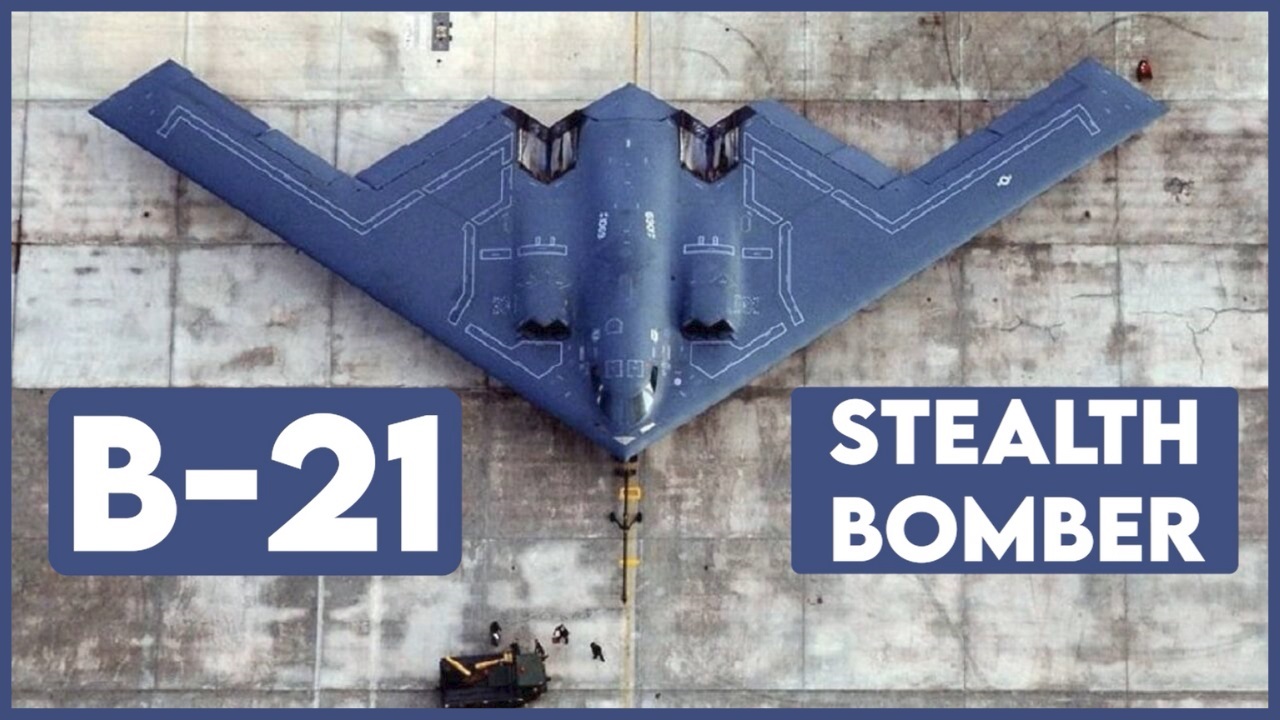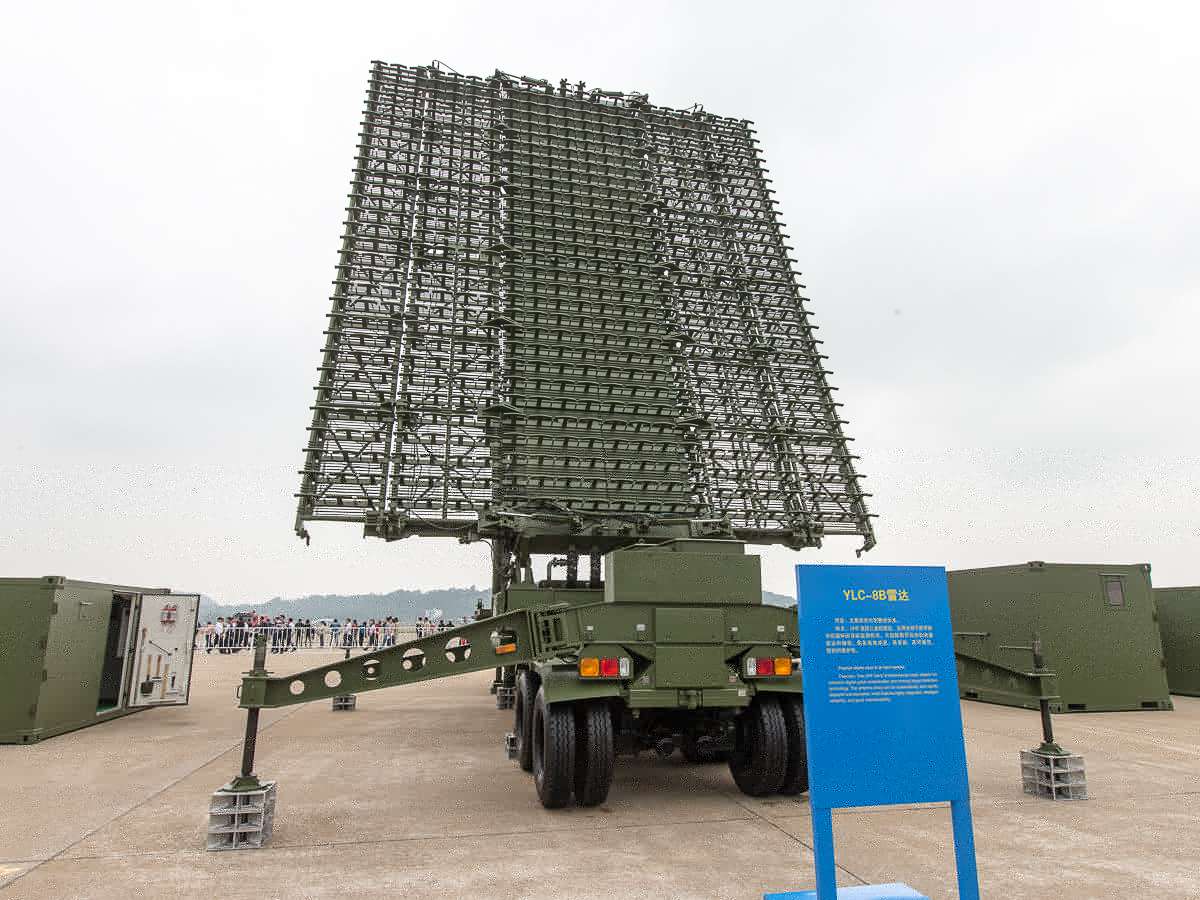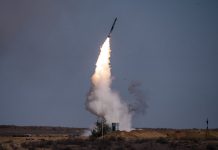Chinese experts have learned through simulation that US stealth aircraft such as the B-21 Raider can be shot down by their hypersonic weapons. Thanks to artificial intelligence(AI), the hypersonic missiles can also converse with other drones, as per reports.
The USAF’s Penetrating Counter Air (PCA) doctrine, tailored explicitly for the air conflict with China, places the Raider at the forefront. Its speed is approximately 1,000 kilometers per hour, or slightly slower than the speed of sound.
Chinese scientists determined in a war game that the highly advanced B-21 Raider, which was designed for a war with China by eluding its formidable air force and anti-stealth radars, can still be vulnerable to missiles coming from near space, in contrast to other conventional ground-based and air-based missiles and radars, which it can jam with electronic warfare (EW).
The report caused a lot of intrigue among military watchers astonished by claims that they called “too ambitious.” According to analysts, the US Air Force (USAF) has managed to keep most details about the Raider classified, which makes Chinese claims extravagant.
Earlier this month, the B-21 Raider stealth bomber conducted its first flight in California, silently taking off from the facility and flying to Edwards AFB at a height of barely a treetop.
Despite the suspicions, Chinese scientists reportedly discovered that the PLA can identify adversaries ahead of time by utilizing cutting-edge gear and innovative strategies. “In one war game, a B-21-like stealth platform and its companion drone were both shot down by China’s air-to-air missiles, which can reach a top speed of Mach 6,” the report said.
The war-game simulations attracted contrasting points of view from different quarters. For instance, an ardent PLA watcher who did not want to be named told EurAsian Times, “None of these reports are published by the Chinese state media or by the Chinese officials. So, we can all do without reading too much into claims not directly made by the state.”

Some others effectively dismissed these claims as mere propaganda and took a jibe at the said team of Chinese scientists who simulated these war games in the first place. Some netizens also cited a recent Forbes report which noted that the B-21 Raider getting ready to fly is why the Chinese officials are suddenly interested in talking to the rival US about AI and nuclear weapons.
Interestingly, some other military watchers said on Platform X that although it was challenging for any military to locate and attack a stealthy platform, it was not impossible, and it is likely that China is working on anti-stealth capability to deny its opponent the liberty to carry out the first strike.
Notably, a set of previous reports published over the years have suggested that China has been relentlessly working on anti-stealth radars and looking to challenge the US Air Force’s F-22 Raptors and the F-35 Lightning II jets, which have seen a proliferation in the Asia Pacific region in recent years. Near China, both Japan and South Korea have F-35s.
China Also Made An Anti-Stealth Radar
Last year, reports suggested Chinese engineers have built a small infrared search-and-track system that can detect the heat signature of a high-speed mobile aircraft at an unusually long range. As noted by EurAsian Times, infrared search-and-track (IRST) systems play a crucial role in identifying stealth aircraft.
The IRST only depends on the stealth aircraft’s infrared (IR) signature. Therefore, its radar-evading design elements do not affect it. The heat produced by the engines and the air friction that heats an airplane’s nose and leading edges as it travels through the atmosphere make up the aircraft’s infrared signature.
Even though there are ways to lessen an aircraft’s infrared signature—for instance, American stealth aircraft like the F-35, F-22, and F-117 Nighthawk have been spotted with a metallic coating that reflects light like a mirror, which is supposed to lessen IR signature—it is still challenging to conceal them from ever-more-advanced IRST systems.
China has reportedly developed an IRST radar for its J-20 stealth aircraft that can pick up the signature of a US B-2 stealth bomber and an F-22 fighter from 150 kilometers and 110 kilometers away, respectively, as per a report by Flightglobal.com in 2015.
A primary focus of Chinese research is counter-stealth radar systems, especially in light of the 1999 NATO air war over Yugoslavia, which saw an unintentional strike on the Chinese embassy in Belgrade by an American B-2 stealth bomber.

In 2021, China unveiled a revolutionary radar codenamed ‘YLC-8E’ at the Zhuhai Air Show and was touted as the “flagship of Chinese stealth radar.” China’s state-owned Global Times had earlier explained that the antenna of the YLC-8E is gigantic. Its high power and cutting-edge information process technology can detect even the most advanced stealth aircraft.
Besides that, Chinese state media previously carried reports that said the PLA had been able to track the US Air Force’s Lockheed Martin F-22 Raptor stealth fighters over the East China Sea. The reports, at the time, were dismissed as propaganda.
However, repeated assertions by the Chinese and claims in media attributed to war games and studies carried out by Chinese scientists have kickstarted a debate about whether these claims hold any water at all. EurAsian Times reached out to experts for perspective.
Philippines-based military analyst Miguel Miranda told EurAsian Times, “The concept of ‘stealth’ and ‘stealthiness’ remains exciting in the news cycle, and many countries exploit this for their ends. China is no exception. We are in an era of widespread precision weapons assembled and deployed in many varieties. By comparison, digging up the stealth/counter-stealth argument now appears old fashioned when entire wars are being fought by militaries who can’t even muster an air force.”
When asked whether China would be able to intercept and attack a US stealthy bomber or fighter jet in case of a conflict, Miguel said, “If we have to imagine a US-China conflict over the Asia-Pacific, it’s obvious that missiles and other “long-range fires” will have a greater impact — in every sense — than whatever stealthy aerial platforms are available in the theater.
“Current generation ‘stealth’ aircraft are optimized to deliver long-range ordnance at immense distances. By the way, these platforms are over-reliant on infrastructure and logistics that are either scarce or vulnerable. So it’s within the realm of possibility that ‘stealth’ won’t have any supreme importance.
“So, in a scale of low-cost missiles, killer drones, space-based technology, artificial intelligence, and stealth aircraft, it’s difficult to measure what is more valuable. Surprisingly, I don’t think current Ukraine and Middle East wars offer any clues.”
Another military watcher who did not want to be named told EurAsian Times, “Stealth is not a disguise for invisibility. Stealth technology postpones tracking and detection. Stealth aircraft could be discovered by a network of continuous surveillance HALE and AWAC along with ground systems, and this is also because no aircraft is completely stealthy and indiscoverable.”
Against that backdrop, it is safe to say that while Chinese claims may be a little overreached at times, they are not impossible to achieve. The claims are, nonetheless, refuted by Western analysts and officials alike.
- Contact the author at sakshi.tiwari9555 (at) gmail.com
- Follow EurAsian Times on Google News




